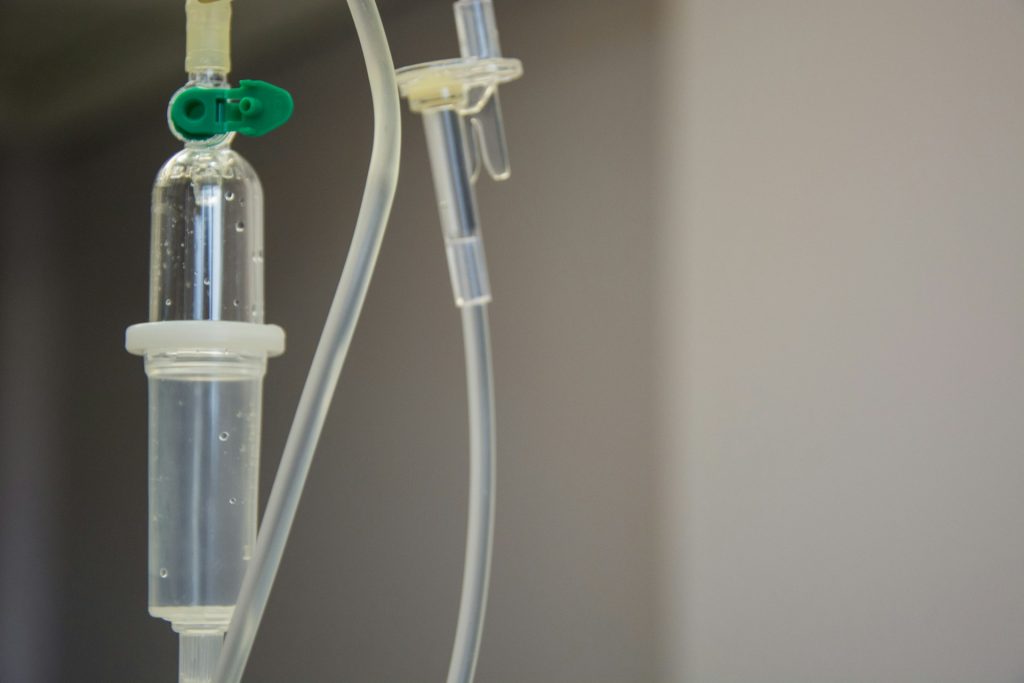For couples facing infertility challenges, Intrauterine Insemination (IUI) offers a promising ray of hope. But how long does it take to see results from such treatment? This question is often at the top of many individuals’ and couples’ minds when embarking on this journey. Understanding the schedule can help manage expectations and reduce anxiety.
IUI treatment involves many emotions and questions, so it’s crucial to have a clear picture of what to expect. This article delves into the timeline of IUI, breaking down each phase from preparation to the eagerly awaited results. By the end, you should better grasp the process and understand when you might see the desired outcome.
Pre-Procedure Steps: Preparing for Success
The first part of this journey involves fertility exams and tests for both partners. This helps identify underlying issues and determine if IUI is the right action. If you’re using fertility medications to stimulate ovulation, there will be additional monitoring appointments to track follicle growth and ovulation timing. Once ovulation is confirmed, the IUI procedure can be scheduled.
The IUI Procedure: A Quick In-Office Process
This is a relatively quick and painless process. It typically takes place in a doctor’s office and involves embedding a thin catheter through the cervix and into the uterus. The washed sperm sample is then deposited directly into the uterus, expanding the chances of fertilization.
The Two-Week Wait: A Time for Patience
After the IUI procedure, the next two weeks are often called the “two-week wait.” This can be an emotionally charged time, filled with anticipation and maybe even a little anxiety. It’s important to remember that a healthy pregnancy takes time to establish. Your doctor might recommend avoiding strenuous activity and certain medications during this waiting period.
Pregnancy Testing: Confirmation or Next Steps
Approximately 14 days after the IUI procedure, you can take a pregnancy test. A blood test is typically the most accurate method, but a home pregnancy test might also be an option, depending on your doctor’s preference. If the test is cheerful, congratulations! You’ll likely schedule prenatal appointments to begin monitoring your pregnancy.
Negative Test Result: Exploring Options
If the pregnancy test is negative, it doesn’t necessarily mean the end of the road. Your doctor will review the following steps, which might involve repeating the IUI cycle or exploring other fertility treatment options.
Remember: Everyone’s Journey is Unique
It’s important to remember that everyone’s fertility journey is unique. Success rates for IUI can vary depending on various factors such as age, underlying health conditions, and the cause of infertility.
Here are some additional things to keep in mind:
- Multiple Attempts: Some couples might require multiple IUI cycles before achieving pregnancy. It’s essential to stay patient and persistent, as each attempt increases the chances of success.
- Emotional Support: The fertility journey can be sensitively challenging. Don’t hesitate to seek support from your partner, family, friends, or a therapist specializing in fertility issues. Building a solid support network can significantly ease the stress and anxiety associated with the process.
- Open Communication: Maintain open contact with your doctor throughout the process. Discuss any questions or concerns you might have.
The journey through IUI treatment is one of anticipation and hope. From the initial preparation to the pregnancy test, each phase is a step toward the goal of conception. While the process can take a few weeks, the emotional investment makes it feel much longer. Understanding this timeline helps manage expectations and provides a clear picture of what to anticipate. For those embarking on this path, patience and support are crucial companions on the road to parenthood.

